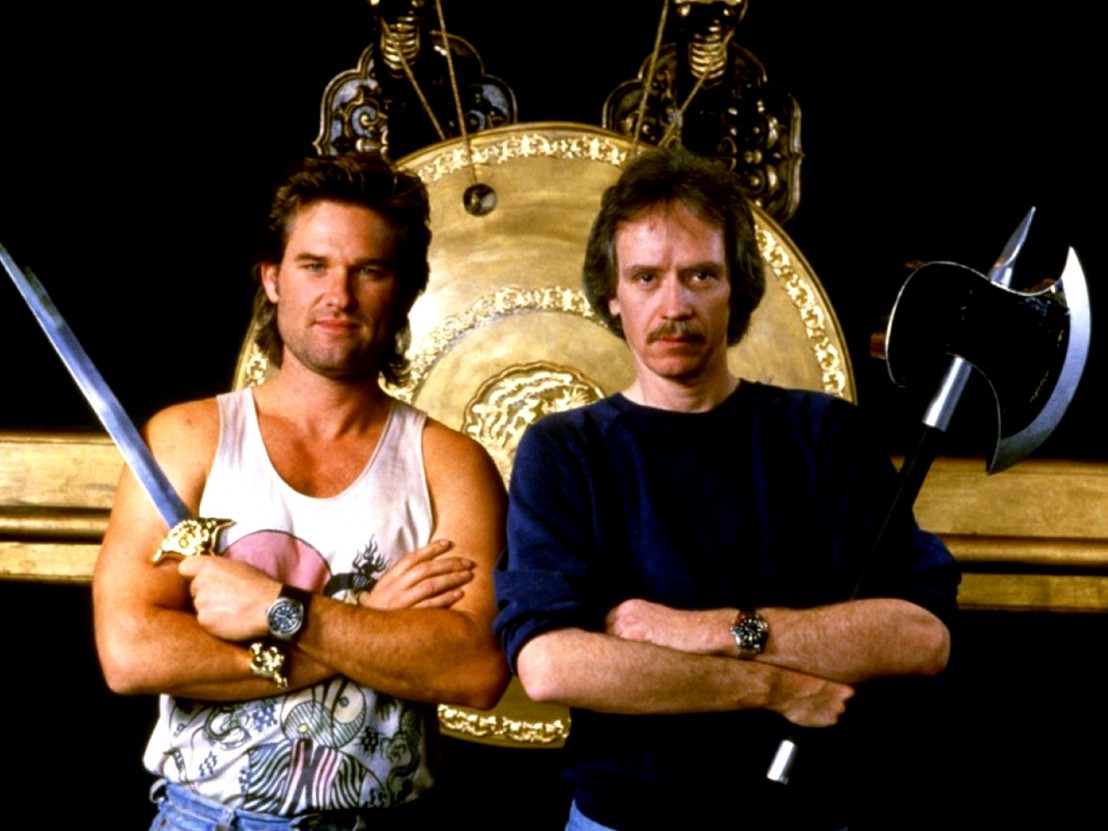
The famous quote “Good artists copy, great artists steal” feels like a particularly fitting description of Hollywood filmmaking. Acclaimed directors such as Martin Scorsese, Steve Spielberg and Ridley Scott have readily admitted to “borrowing” ideas or imagery from filmmakers they admire, while their contemporary Brian De Palma has spoken at length about his Hitchcock fanboyism.
If imitation is a form of flattery, however, it appears John Carpenter has been exalted enough for one lifetime. Luc Besson found this out the hard way with Lockout, a futuristic action thriller he co-wrote and produced in 2012. Essentially an Escape from New York remix with the Big Apple setting swapped out for a space prison, the film’s hero must rescue the President’s daughter instead of the Commander in Chief himself.
Numerous reviews at the time noted the obvious parallels between the films, and in 2016 Carpenter was awarded a nice chunk of compensation after successfully taking out a lawsuit against Besson’s production company. In a way this suit has served to underline Carpenter’s growing influence on genre cinema in the last decade, where indie and mainstream directors alike have drawn on his visual and musical stylings.
There’s always been something slightly curious about Carpenter’s career. From Dark Star through to They Live, the cult director enjoyed one of the hottest creative streaks of any American filmmaker, even if the box-office receipts disagreed somewhat. Each movie contained recurring elements that made them undeniably his: a terse anti-hero with an old-fashioned code of honour, characters trapped physically or psychologically, widescreen cinematography and an effective synch-based soundtrack. Carpenter’s name even featured in the title of most of them.

For a generation raised on repeat VHS viewings of Halloween, The Thing and Big Trouble in Little China, Carpenter’s name was a stamp of quality, since he typically took B-movie material and elevated it using his own inimitable blend of style and substance. Although he effectively went into semi-retirement shortly after 2001’s box-office flop Ghosts of Mars, his influence on genre cinema continued to grow. When the remake tide swept Hollywood during the 2000s it felt like every second movie was a Carpenter rehash, even if new takes on Halloween or The Fog failed to have the desired impact.
What this did do, however, was reignite an interest in Carpenter’s work. A generation of filmmakers who had grown up watching his films began aping his style, resulting in solid genre fare like Neil Marshall’s Doomsday, which might as well be dubbed Escape from Glasgow. Doomsday is a mixtape of Marshall’s favourite movies, with a story featuring a one-eyed, chain smoking anti-heroine infiltrating a walled off Scotland and fighting off feral cannibals; she’s even forced into a climatic arena battle. Short of starring Kurt Russell, it couldn’t be a more affectionate homage.
More recently the likes of Dredd and The Raid have been tagged with the Die Hard label, when in fact they have a lot more in common with Carpenter’s Assault on Precinct 13 – the director’s own ode to Rio Bravo – with their lean plots, terse dialogue, lo-fi sets and pulsing electronic scores. Both films also tap in Carpenter’s love of movie westerns, where actions speak louder than words, and characters bond over bloodshed.
Other obvious love letters to Carpenter can be found in The Purge franchise, which owes a tremendous debt to his work. The original is an Assault on Precinct 13-style thriller, where masked killers attack Ethan Hawke’s barricaded home. The second film in the series, Anarchy, takes the same concept and goes full on Escape from New York, introducing Frank Grillo’s surly vigilante trying to survive while trapped on the streets during Purge night.
In many ways, David Robert Mitchell’s It Follows is the sequel Halloween deserved: a young girl is relentlessly pursued by a sexually transmitted wraith, and everything from the prowling, voyeuristic camerawork to Disasterpiece’s mesmerising score evokes the creeping tone of Carpenter’s seminal work.
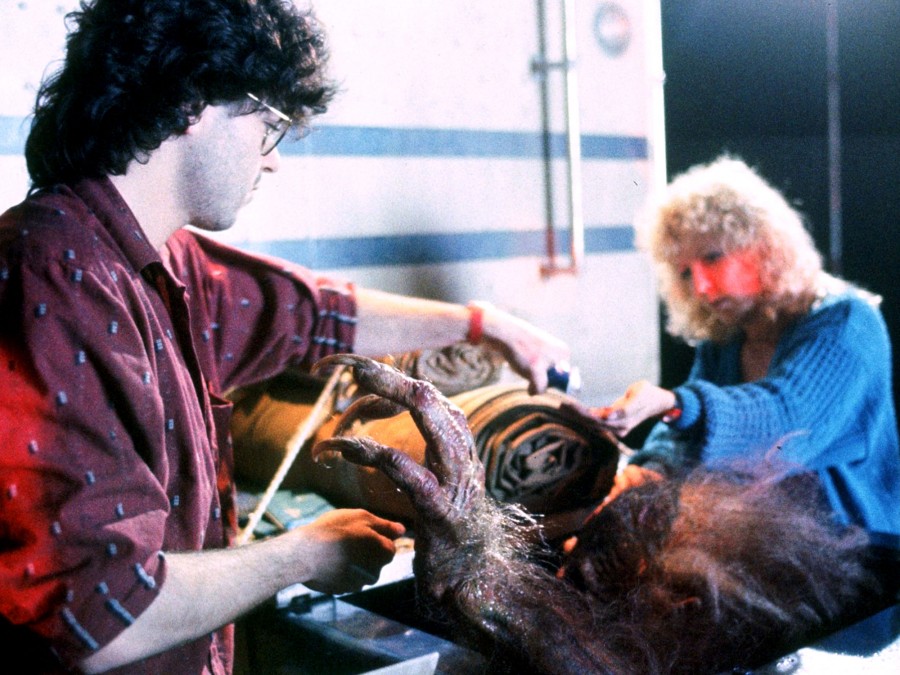
Carpenter’s self-composed music is another vital element of his filmography, which hasn’t been lost on his imitators. Adam Wingard’s 2014 thriller The Guest channels – of all things – Halloween III: Season of the Witch, which Carpenter produced and composed the music for. Even Netflix’s recent binge watch success Stranger Things displays an overt fondness for his work, from the catchy theme tune to the Starman-esque romance at its core.
Mainstream cinema has also caught up in recent years. Tarantino’s The Hateful Eight is a spiritual sequel to The Thing, sharing the same setup of a group of people trapped in a cold, remote locale; instead of an alien shapeshifter, it’s hatred that drives them apart. They both share a leading man in Kurt Russell and the soundtrack even employs unused pieces of Ennio Morricone’s score for Carpenter’s snowbound horror classic.
Even Marvel’s Suicide Squad captures some of the director’s spirit. The faceless enemies and abandoned city are textbook JC, in addition to the disparate band of “heroes” having bombs implanted in their necks. And that’s just the tip of the iceberg: Green Room, Midnight Special, Cold in July and Attack the Block all doff their genre caps in his direction, too.
While Lockout clearly took things a step too far, it’s heartening to see movies like Dredd, The Guest, It Follows and others paying homage to Carpenter while branching off in their own direction. He may not have reached the same level of sustained commercial success as many of his contemporaries, but his distinct brand of genre cinema will surely inspire filmmakers for generations to come.
Published 26 Oct 2016
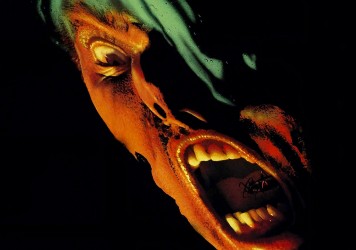
By Tom Watchorn
The director’s Alice Cooper-starring apocalyptic horror is among the most haunting in his entire filmography.
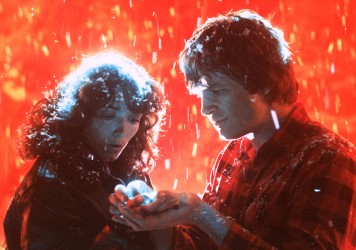
Jeff Nichols’ new film maps a similar thematic route to John Carpenter’s classic 1984 sci-fi.
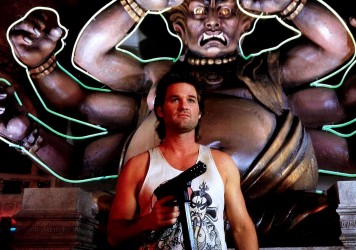
By Ewen Hosie
Released 30 years ago, John Carpenter’s frantic San Francisco beat ’em up has lost none of its cult appeal.